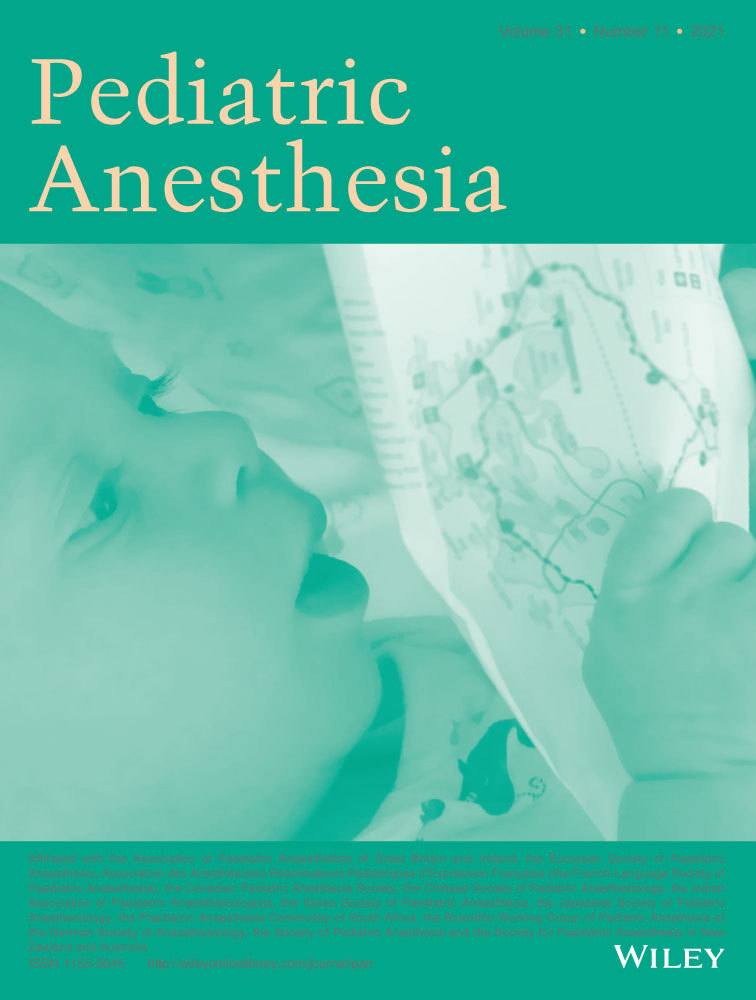Neurosurgical intervention in children with ventricular assist devices: A single-center case series review
This study was performed at Lucile Packard Children's Hospital at Stanford University. All authors were affiliated with the institution at the time the study was performed. Authors Jane Yu and Katsuhide Maeda are presently affiliated with different institutions.
Abstract
Background
The incidence of neurological complications related to ventricular assist devices (VAD) remains high and includes life-threatening conditions such as intracranial hemorrhage or ischemic stroke. Although no definitive management guidelines exist, operative interventions may be required for major neurological injuries.
Aims
This case series describes the perioperative management of children at a single center who underwent neurosurgical procedures for major intracranial bleeds or ischemic strokes while on VAD support.
Methods
A database review identified all pediatric VAD patients who underwent a neurosurgical procedure for an intracranial hemorrhage or ischemic stroke from April 2014 to January 2020. Data regarding patient characteristics, preoperative medical management, intraoperative anesthetic management, and postoperative outcomes were collected using retrospective chart review.
Results
Ninety VADs were implanted in 78 patients. Five neurosurgical interventions were performed: four for intracranial hemorrhages and one for an ischemic stroke. All four patients with hemorrhages were receiving anticoagulation at the time of their event and the three patients on warfarin received emergent reversal with prothrombin concentrate complex and vitamin K. Three patients also received pre-procedural platelet transfusions. Two of the five procedures were emergent bedside external ventricular drain placements, and three were surgical operations. All three patients who underwent operative procedures received invasive hemodynamic monitoring and were supported with a combination of inotropes and afterload reduction. One patient required a massive blood product transfusion. The two patients who underwent external ventricular drain placement had no further surgical interventions and died from the severity of their neurological injuries. All three patients who underwent operative procedures survived to transplantation and discharge home.
Conclusions
Perioperative concerns for the anesthesiologist include VAD hemodynamic management, bleeding, VAD thrombosis, and prevention of secondary brain injury. A systematic, multidisciplinary approach to management is paramount to attain favorable outcomes.
CONFLICT OF INTEREST
Chandra Ramamoorthy is a section editor for Pediatric Anesthesia. Other authors have no conflicts of interest.
Open Research
DATA AVAILABILITY STATEMENT
The data that support the findings of this study are available from the corresponding author upon reasonable request.




